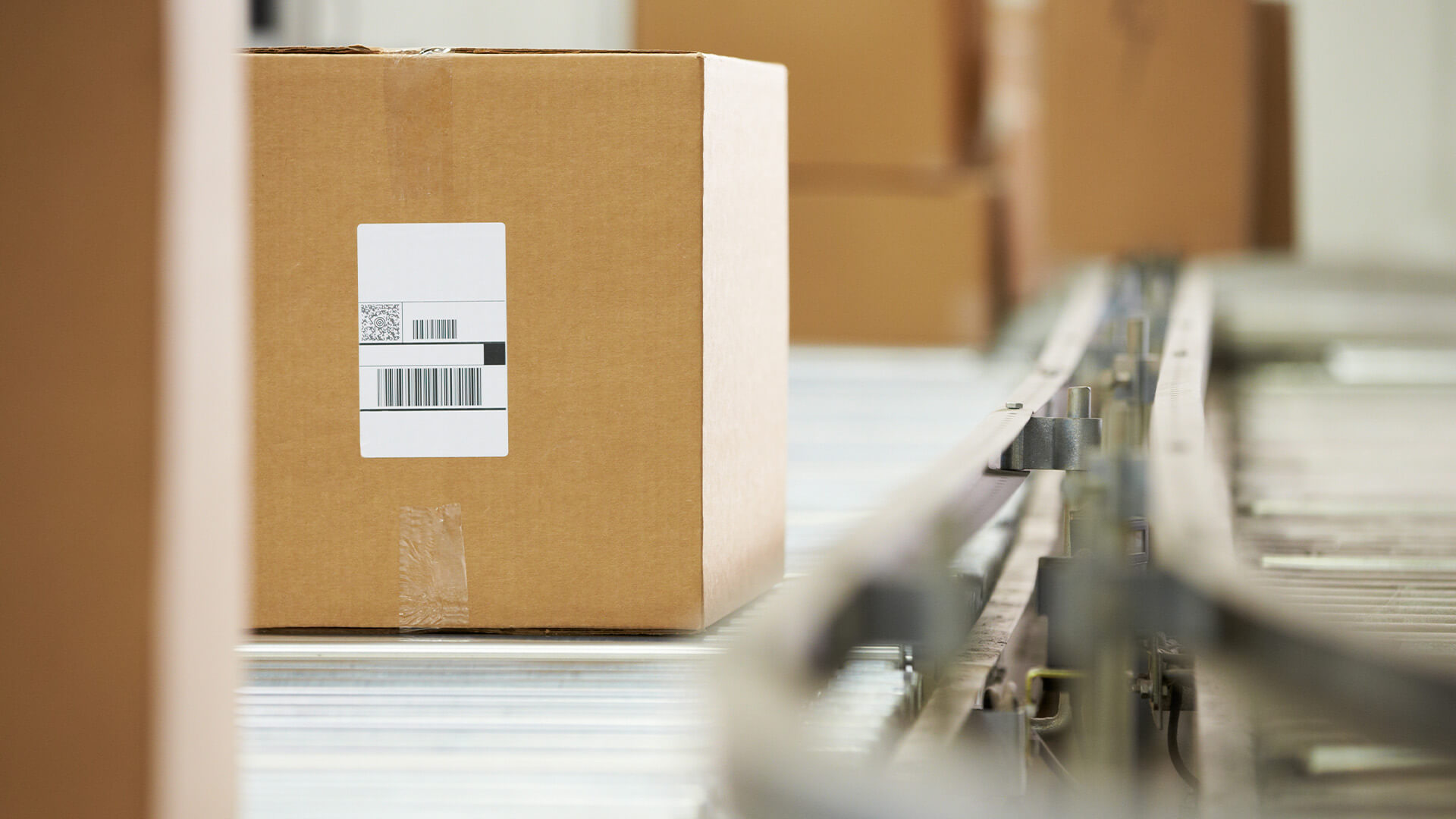
Over the course of two weeks in October and November 2021, 200 countries came together for the 26th UN Climate Change Conference in Glasgow. The aim of COP26 was to address the growing issues of climate change, from the science behind the causes to what the solutions are, as well as how a call to action is influenced by politics.
The committee concluded that in order to be proactive in their approach to saving our climate, significant changes must be made in order to halt global warming, reduce emissions, and stop deforestation. The preservation of our planet is vital to making sure we leave behind an inhabitable environment for future generations.
Attitudes toward going green echo down to consumers. In fact, a survey done by Deloitte found that 61% of consumers have reduced their usage of single-use plastics in an effort to be more environmentally conscious, with 34% choosing brands based on their sustainability practices and values.
So how are the distribution industry and other businesses adapting to accomplish this? Electrix, experienced manufacturers of electrical enclosures, dive into the positive changes businesses can make to be part of a greener future.
Exploring alternative energy sources
One of the main talking points of COP26 was the over-reliance on fossil fuels and the adverse effects they have on our climate. The distribution industry relies heavily on gas to power our vehicles to keep the supply chain moving.
In order to adapt to a greener approach to operations, some businesses have begun switching from traditional gas-powered vehicles to electric and hybrid vehicles. These vehicles produce almost half the carbon dioxide gas emissions that traditional vehicles do.
Consumer habits are changing with more people willing to be charged more for environmentally conscious products. Accenture conducted a survey and found that 72% of the respondents were actively buying more environmentally conscious and friendly products than they were five years prior.
Streamlining your warehousing
Before your products even hit the road, there are steps that can be taken to reduce our carbon footprint in our warehouses. Heating and lighting a warehouse can be costly, as most are spacious and have high ceilings which can cause drafts.
While finding a smaller, more cost-effective warehouse may not be a possibility, you can maximize your current warehouse by installing energy-efficient lighting and additional insulation. This will also reduce costs during the winter months, as you won’t run up your energy bill by using as much heating. You also have the option of installing solar panels as an alternative way of powering your operation.
The equipment used within the warehouse can also affect your CO2 output and overall efficiency. Investing in packaging made from recycled materials, as well as focusing on the maintenance of equipment for a longer lifespan rather than replacing them, will have a huge impact on the level of waste your warehouse produces.
Localize and optimize your supply chain
Another element of distribution that can bring down your emissions is your supply chain. Shipping materials and products between warehouses can not only be costly, but the carbon footprint created can be huge. It isn’t just land vehicles that create emissions, as air and sea transport also cause environmental issues.
Partnering with a third-party freighter who’s committed to sustainability can build a lot of goodwill with customers by proving your dedication to finding alternate solutions. From the ground, you can reduce the number of trips required by only shipping in full truckloads. Optimizing this means fewer vehicles on the road and subsequently less emissions.
Making a change to your truck policies can also have an impact. Establishing with your drivers what’s considered too much idling, which wastes around 6 billion gallons of fuel every year. Additionally, setting a limit on the speed and range of vehicles can help to form a balance between fuel efficiency and speed of delivery.
With the speed the world is changing, we need to be prepared to adapt at all levels. At a consumer level, sourcing eco-friendly products is a must. On a larger industry level, finding more sustainable methods of carrying out our business will become the norm. Some of these changes may feel like overhauls from the ground up, but things like electric vehicles, investing in warehouse efficiency, and creating a sustainable and strong supply chain will have a positive impact going forward.















